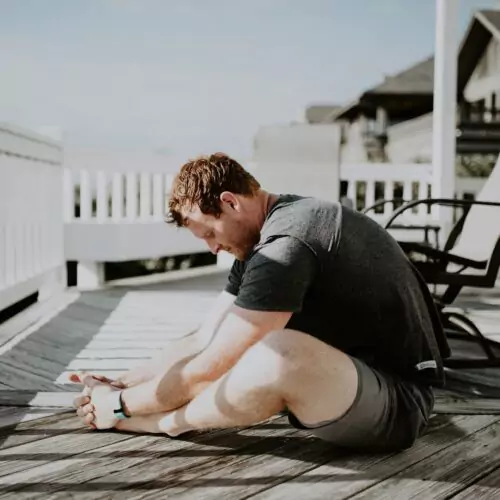One of my favorite summer events in Shelby County is the Women Run/Walk Memphis Program. Sponsored by the Memphis Runner’s Track Club, this program not only trains but empowers women in a supportive community to start a fitness routine. As I encourage women to take advantage of this program, the objection I most often hear . . . “But, I have bad knees”.
First, let me say that running is actually better for your knees than being sedentary. However, the reality is many runners complain of knee pain. There is even an injury named just for them – runners knee.
By the time runners get to us with knee pain, they have usually googled their symptoms and report a self diagnosis of “runner’s knee”. This is actually a generic term for several problems that can occur in the knee. The root cause could be the kneecap, IT band, breakdown of cartilage, misalignment, or muscle imbalances. Despite the name, these issues can occur in athletes from nearly any sport and in non-athletes who stress the knees in their daily activities.
The symptoms of “runner’s knee” include:
- Pain the the front, back, or around the kneecap
- Pain when you bend your knee such as squatting or getting up from a chair
- Increased pain when walking downstairs
- Swelling around the knee joint
- Popping or grinding feeling inside the joint
If you suffer from any of these symptoms, you are not alone. Many runners train the same way, on the same path day after day, and when they do – they get injured!
For example, if you do a lot of hill training, the muscles in the thigh become stronger than the muscles in your hamstrings. A muscle imbalance occurs around the knee joint when this happens. It’s like a door handle that gets jammed when the hinge isn’t working properly.
When the “hinge” of the knee joint doesn’t line up correctly, the surfaces of the knee joint don’t rub together like they’re supposed to. The result is problems like cartilage damage, IT Band tightness, patella tendinitis, and patellofemoral pain syndrome.
So what are we to do?
A few simple changes can make a big difference.
1. Check your shoes, as they might be worn down and not giving you enough support.
2. Alter your running route regularly so you aren’t running the same hills night after night.
3. Get any back pain taken care of because this alters your walking or running pattern which in turn affects your knee joint.
4. Add strength training to develop muscles out of balance including the core and hamstrings.
5. Get evaluated for a prescription foot orthotic to improve alignment of your lower body when your feet hit the pavement.
6. Vary your exercise routine to do things like swimming, biking, or calisthenics to work different muscle groups.
7. Add yoga or Pilates sessions into your routine to stretch tight muscles that may be pulling the joint out of alignment.
What if knee pain already keeps me from running?
If you have tried some DIY tips and still have knee pain when you run, you can’t continue to ignore the problem and hope it goes away. Unfortunately, it is not likely to do so on it’s own.
First, I would suggest you keep your mileage below the pain threshold. Then, you should meet with a specialist sports physical therapist. They can make sure your joints are properly aligned, correct muscle imbalances, and guide you through a strengthening program to improve the mechanics of your knee joint. You can start that conversation by filling out a quick form right HERE for a FREE phone consultation.
If you have a knee injury from running, or any other sports or recreational activity, be sure to claim a copy of our free, special report which shows the BEST ways to get this type of joint pain fixed quickly: 8 Proven Ways For Runners to Stop Hip and Knee Pain
The time you invest in taking care of this problem with proper evaluation and corrective exercise will pay off with long term dividends of pain free running!


